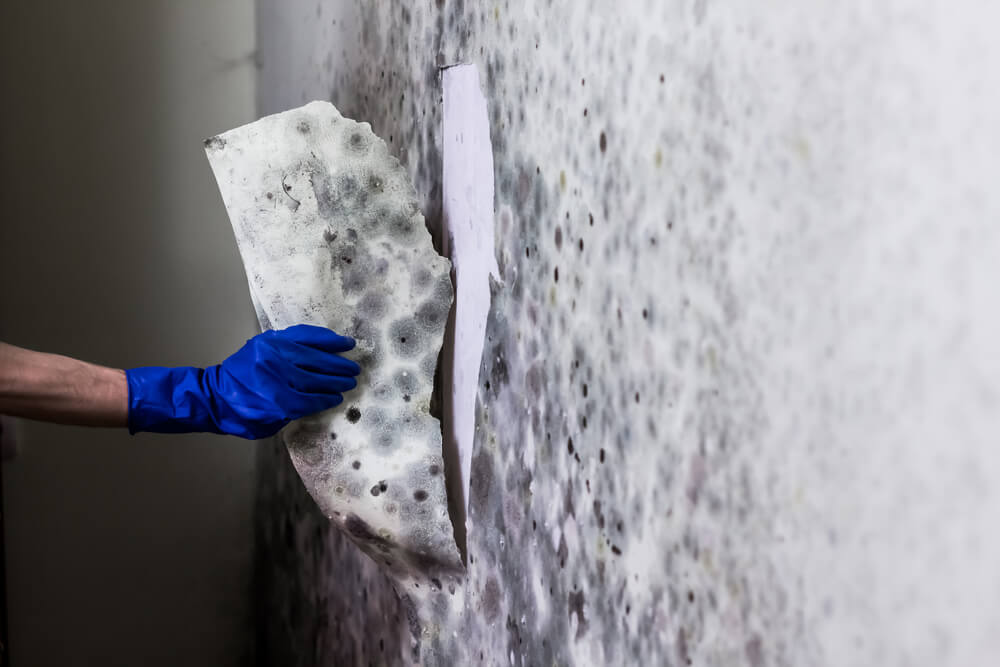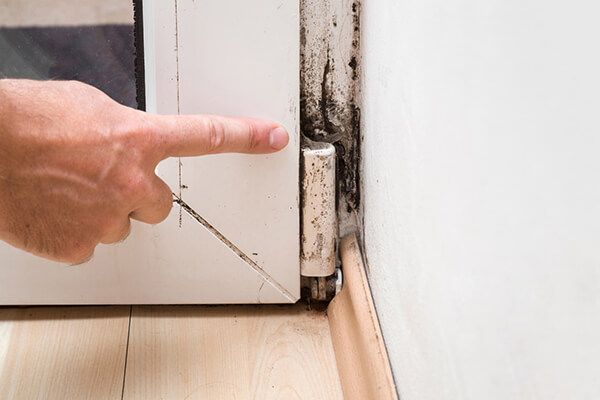Accessing Local Post Remediation Mold Testing Near Me
Accessing Local Post Remediation Mold Testing Near Me
Blog Article
Specialist Tips for Post Mold And Mildew Remediation Success
In the realm of mold removal, efficiently eliminating mold and mildew is only half the fight; the true challenge lies in stopping its reappearance. By sticking to expert pointers and ideal methods, individuals can secure their areas against mold resurgence and maintain a healthy and balanced interior setting.
Screen Humidity Degrees On A Regular Basis
After finishing mold and mildew remediation treatments, maintaining ideal humidity degrees is vital to prevent mold and mildew re-growth and ensure a healthy and balanced indoor atmosphere. High moisture levels above 60% develop a favorable setting for mold and mildew to grow, making regular checking a proactive step to protect against any future mold concerns.
Additionally, developing a routine schedule for humidity checks, particularly in high-risk locations such as cellars, shower rooms, and kitchens, is a proactive approach to mold and mildew prevention. By continually checking humidity degrees, building proprietors can successfully mitigate the danger of mold reoccurrence and preserve a healthy and balanced indoor setting post-remediation.
Conduct Thorough Inspections Post-Remediation
Following the conclusion of mold and mildew remediation treatments, it is essential to perform extensive inspections to confirm the performance of the removal procedure. These post-remediation inspections are important in making certain that the mold problem has actually been successfully dealt with which there is no reappearance or remaining mold development. Examinations should be brought out by certified professionals who have expertise in determining mold and mildew and analyzing indoor air quality.
Throughout these examinations, various techniques such as aesthetic assessments, air tasting, and surface area tasting may be utilized to extensively review the remediated locations. Aesthetic analyses entail a detailed evaluation of the facilities to inspect for any kind of noticeable signs of mold growth or water damage. Air sampling helps in figuring out the air-borne mold and mildew spore levels, while surface sampling can identify mold and mildew fragments on surface areas.
Implement Correct Air Flow Methods
After making certain the effectiveness of the mold and mildew remediation process through comprehensive evaluations, the next crucial step is to concentrate on applying proper ventilation approaches. Ample air flow is vital in avoiding mold reoccurrence by regulating wetness levels and advertising air flow. To achieve this, it is advised to make use of exhaust fans in locations susceptible to high humidity, such as kitchen areas and bathrooms. In addition, opening windows and doors when weather condition permits can aid enhance air movement and minimize moisture build-up. Air purifiers and dehumidifiers are likewise valuable tools in keeping optimal indoor air quality.
Appropriate air flow not just aids in stopping mold and mildew growth but you can find out more likewise adds to the overall health and wellness and convenience of owners. By guaranteeing ample ventilation throughout the property, you can decrease the risk of mold regrowth and develop a healthier living environment. Regular maintenance of ventilation systems, including cleansing and filter substitutes, is crucial to sustaining efficient ventilation. Consulting with cooling and heating professionals can offer additional insights into optimizing ventilation methods for your details residential or commercial property needs.

Usage Mold-Resistant Materials for Repair Works
To boost the lasting effectiveness of mold and mildew removal efforts, including mold-resistant products for repair work is crucial in mitigating the threat of future mold development. Mold-resistant products are designed to hold up against wetness and inhibit mold and mildew growth, making them an essential selection for areas vulnerable to dampness and moisture. When repairing here locations affected by mold and mildew, using products such as mold-resistant drywall, mold-resistant paints, and mold-resistant caulking can help avoid mold and mildew reappearance.
Mold-resistant drywall is an excellent alternative to standard drywall in locations like restrooms and basements where moisture levels are higher. When subjected to damp problems, this type of drywall has an unique finish that withstands mold and mildew development even. Additionally, utilizing mold-resistant paints consisting of antimicrobial representatives can better hinder mold and mildew growth on ceilings and walls.
In areas where moisture is common, such as restrooms and kitchen areas, using mold-resistant caulking around tubs, windows, and sinks can help seal out water and prevent mold and mildew from holding in splits and holes. By spending in these mold-resistant materials during repairs post-remediation, you can dramatically reduce the likelihood of future Learn More Here mold concerns and maintain a much healthier indoor environment.
Maintain Sanitation and Address Water Issues
After mold remediation, it is critical to maintain a clean environment to stop the regrowth of mold. Leaks, water intrusion, or high humidity levels can produce the excellent breeding ground for mold, so it is necessary to fix any water-related issues quickly.
To maintain cleanliness, consider using HEPA filters in vacuums and air purifiers to trap mold spores and avoid their blood circulation airborne. Moreover, guaranteeing appropriate ventilation in areas susceptible to moisture accumulation, such as cooking areas and washrooms, can aid maintain moisture degrees in check. By remaining cautious concerning tidiness and dealing with water issues promptly, you can effectively protect against mold and mildew reinfestation and preserve a healthy interior atmosphere.
Conclusion

In the world of mold remediation, effectively eradicating mold is only half the battle; the real obstacle exists in preventing its reappearance. After completing mold remediation treatments, keeping optimum moisture degrees is crucial to avoid mold and mildew re-growth and make certain a healthy indoor environment. High humidity degrees over 60% develop a conducive atmosphere for mold to thrive, making regular keeping an eye on an aggressive action to protect against any kind of future mold and mildew concerns.
To boost the lasting performance of mold and mildew removal initiatives, integrating mold-resistant products for repair services is critical in minimizing the threat of future mold and mildew development. After mold and mildew remediation, it is vital to maintain a clean environment to prevent the regrowth of mold and mildew.
Report this page